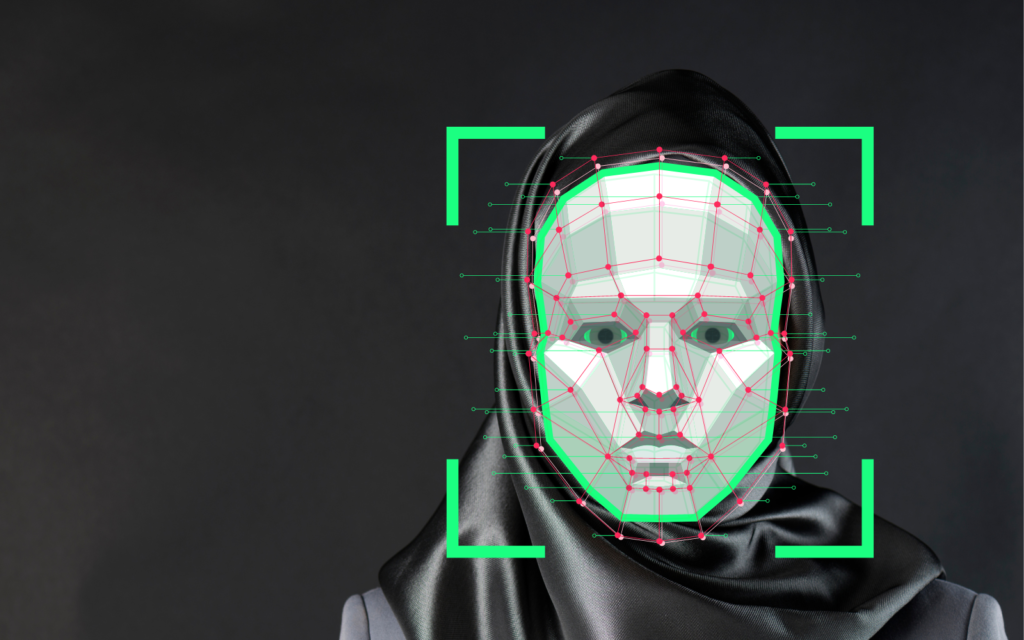A few years back, it was all fun and games. Movie blockbusters showed facial recognition technology being used to spot criminals at airports. It seems these may have given governments a few ideas.
Now that facial recognition tech is a reality, the practical implementation isn’t as entertaining. In fact, facial recognition tech poses life-altering (and -threatening) implications for women living in Iran.
Facial recognition of a problem
Women in that country must observe a religion-based law that requires them to cover their faces with hijabs. There was a time in Iran when women could show their faces. In fact, there was a time when women were encouraged to take off their head scarves. Wearing a hijab for women became compulsory when Iran became a theocracy in 1976.
In September last year, Iranian lawmakers suggested the use of facial recognition technology to enforce the hijab. The head of the country agency that oversees the morality law said facial recognition technology would be used to “identify inappropriate and unusual movements,” and the “failure to observe hijab laws.”
Since then, despite not having had any direct contact with law enforcement, women who either wore the hijab incorrectly or opted not to wear it at all have received threats or been killed. Some businesses that have allowed women to go without a hijab on their premises were closed down. But those were physical instances. In a report by Ars Technica, University of Oxford researcher Mahsa Alimardani says they’ve received reports of women receiving citations in the mail for violating the hijab law.
Read More: As the use of facial recognition tech increases, it begs the question: Who owns our faces?
Women have reportedly been confronted by law enforcement officers days after being part of public protests against the hijab law, with little indication of how they were identified.
Freedom House, a non-profit research and advocacy organisation backed by the US government, says Iran has become less reliant on informants and patrols and has shifted to automated digital surveillance.
Alimardani says the Iranian government has been using social media to track and target individuals. Alimardani received reports from people online who suspect that the government had been monitoring them on online platforms, then targetting them offline.
“If government claims about the use of face recognition are true, it’s the first instance she knows of a government using the technology to enforce gender-related dress law,” says Alimardani.
Read More: European Parliament calls for ban on law-enforcement usage of facial recognition software
In most countries, facial recognition technology is available. However, a lack of support for public surveillance using facial recognition, due to laws that include privacy regulations, has prevented most governments from enforcing the use of the technology.
Not complying with the hijab law in Iran can be deadly. While some are required to attend compulsory morality classes, repeat offenders have been jailed and some have reportedly died while in jail for not complying with the law.
If Iran is indeed using the technology, as suggested by government officials, it may be the first government to use biometric surveillance to enforce a law about how people are dressed.
Source: Ars Technica




